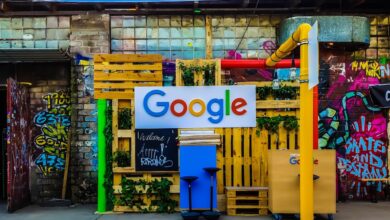Who owns your website?
If you think you own your website, try changing hosting providers or website developers. Many companies have reached this point and realized they only own the text and logo and not much else. In other words, they cannot easily transport the site to a new provider.
There are so many confusing elements to getting a website established that it somehow feels cruel to throw yet another layer of complexity and anxiety on a technologically overloaded audience.
However, too many punters are being caught out by not truly understanding the legal ramifications of ownership, intellectual property, the differences between copyright, and the intricacies of who may own the finished artwork (but not all the presentation layers of, say, the Photoshop file used to create the finished article). So, most people don’t know the pain until it’s too late.
Let’s start at the top with the domain name. The legal deal is, whoever registers it owns it. People, please learn how to register your own domain names! Print out and keep records of all of your registry files and diary when they need to be renewed.
The other lurking shark in the online pond is the custom content management system (CMS), so charming in its concept to add, delete and update content without learning HTML. However, we urge all of you not to be deceived by these seductive comments.
If you build a site in a custom or proprietary CMS, in most cases you only own the content; the written words, but not the templates (in formats such as ASP or PHP) that make the site look as it does. The only way to keep your words looking so pretty is to stay with the same web developer or hosting provider. Otherwise, be prepared for a rebuild from scratch if you want to change service providers.
The other issue is that your company may grow as the web becomes more of an essential business tool. More power to you if that happens; but you may also outgrow the capabilities of your current web designer or CMS. If you need more, does that mean by default that what has already been built should all be lost?
This is a nasty trap that recently saw a client, unfortunately, lose its entire website investment when corporate strategy required it to move to another hosting supplier. The original hosting provider essentially told our client that they owned the CMS and had deleted the site once they were notified that the contract for renewal was awarded to a different hosting vendor. The effect this had on their natural search rankings? Needless to say, they went from hero to zero.
Many web design and hosting companies have no legal obligation to provide you with a copy of your site or site content if you decide to go with another supplier. No matter the size of your business, losing the time invested in your current site is such a waste.
The best advice we give all organizations: no matter how easy it seems to outsource your web development, you must stay in control, read the fine print, and take the time to ask the painful legal questions upfront. Understand the online relationship between copyright, intellectual property, and your hosting options if you terminate or wish to change vendor or web developer. #





